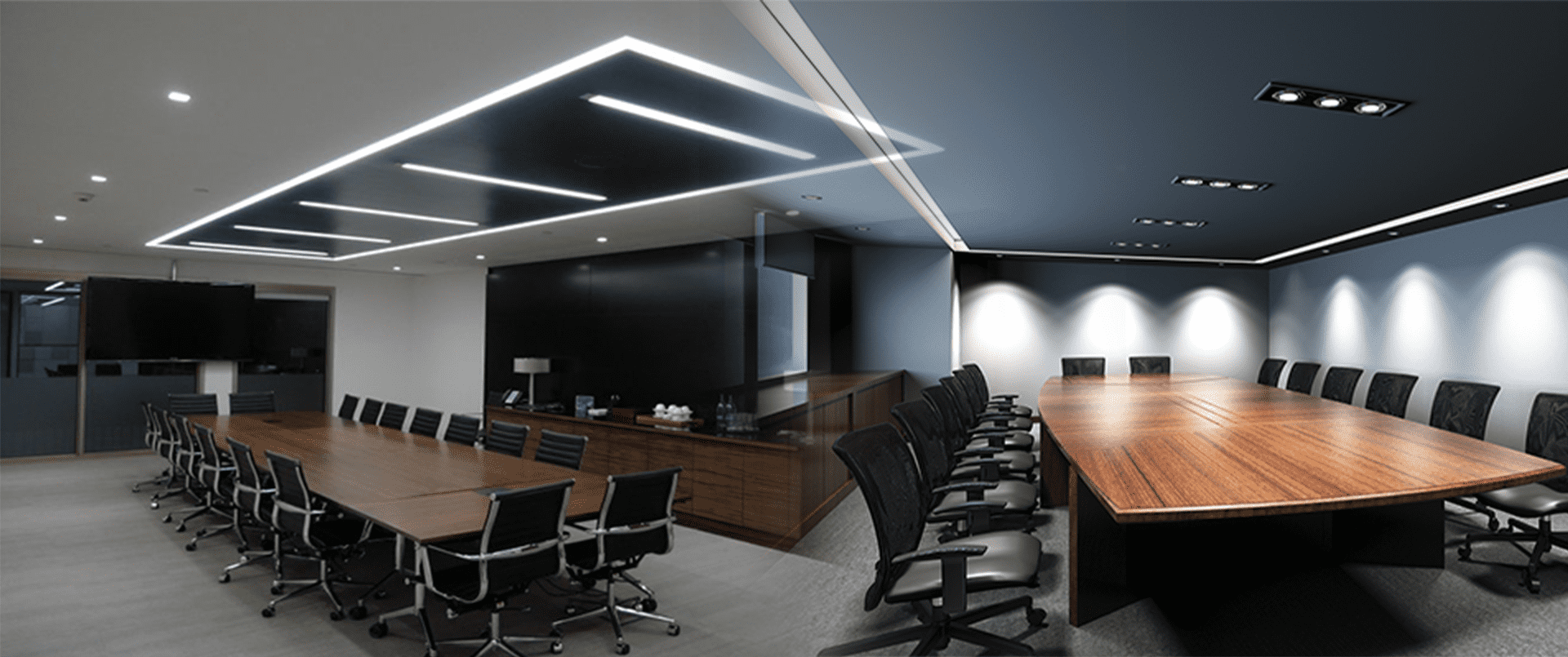
VNT manufactures lighting systems. The Company offers inverters, lamps, LED, linear fluorescent fixtures, solar lighting, and emergency systems. Lighting Systems serves customers in Egypt.
Installing a lighting system involves setting up the necessary fixtures, controls, and electrical connections to provide illumination in a particular environment. Here’s a general outline of the installation process for a lighting system:
It’s important to note that the complexity of lighting system installation can vary depending on the specific requirements and scope of the project. For more complex installations or if you’re not familiar with electrical work, it’s recommended to consult with professional lighting designers or electricians who can provide expertise and ensure a safe and efficient installation.